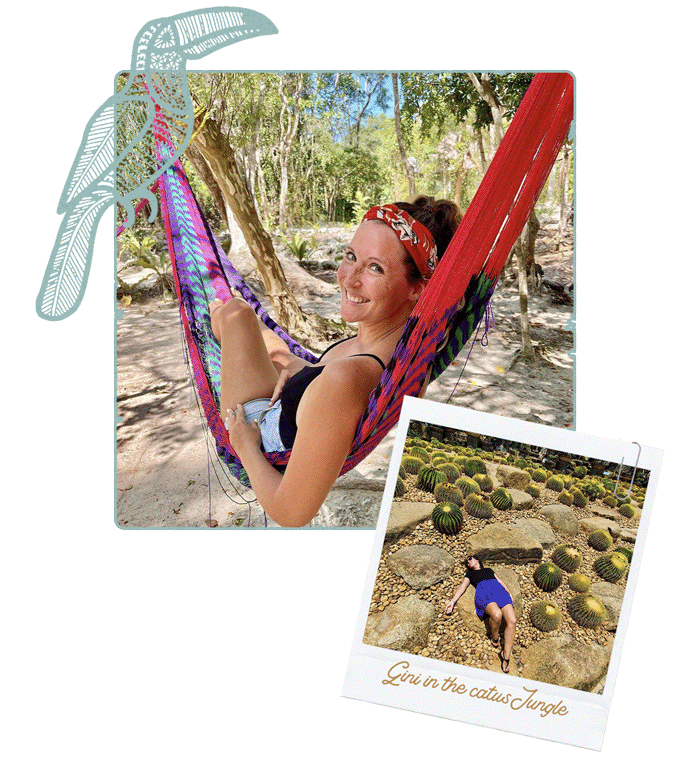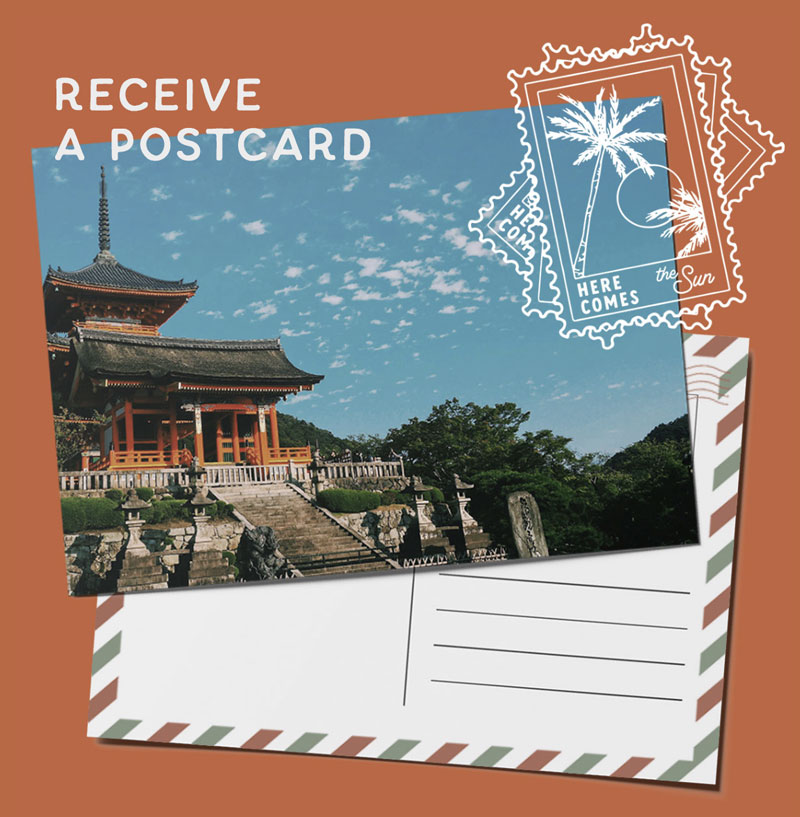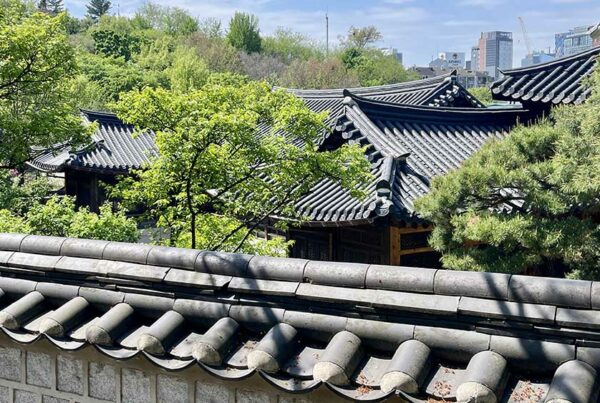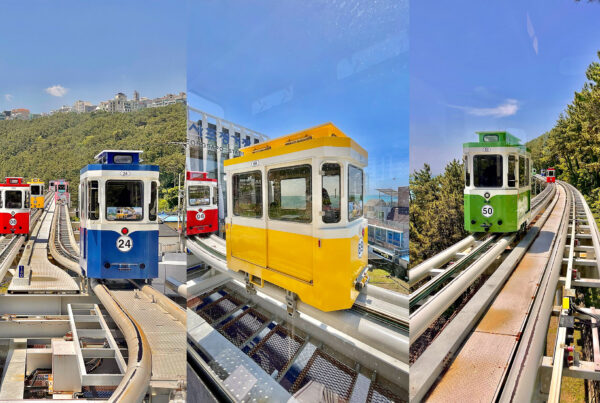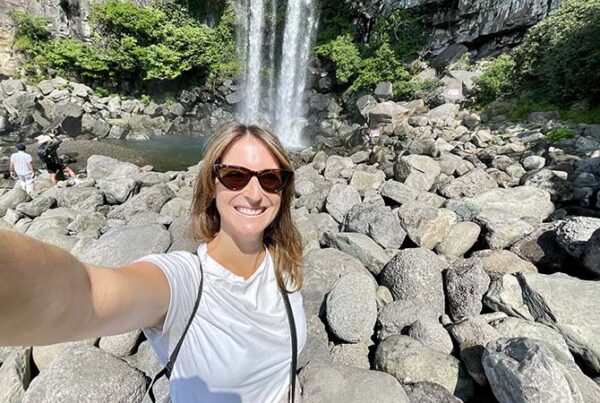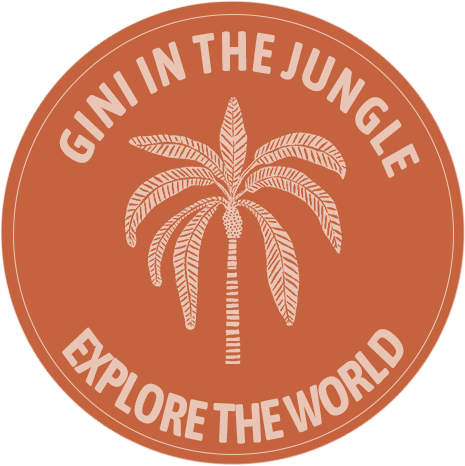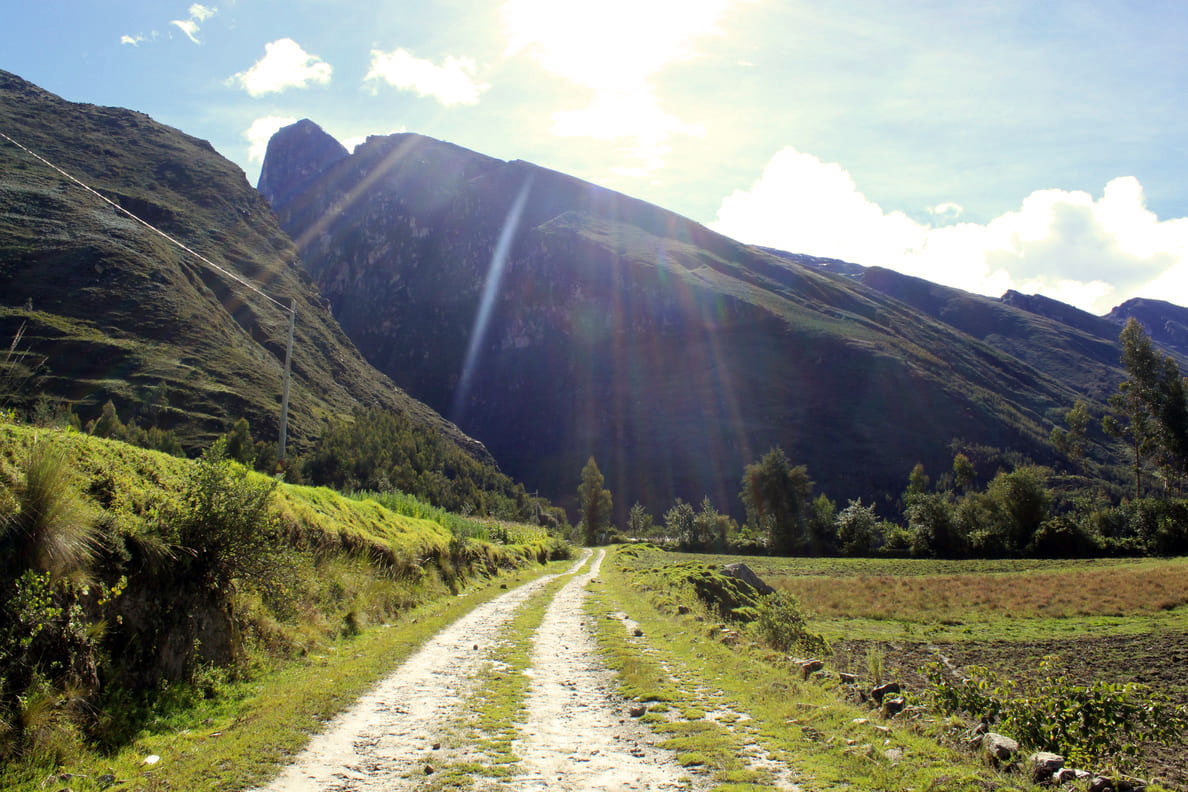
Today, I’m setting out to discover La Laguna Parón, a spectacular lagoon nestled between the Cordillera Blanca and the Cordillera Negra. According to the guidebook I found at the hostel, it’s about a four-hour hike to reach this natural wonder. So, I hop onto a crowded local bus where passengers share space with chickens and baskets of fruit. In my bag: a water bottle, a simple sandwich, and an apple. That’s it. I feel ready.
The bus winds through lush green valleys. Out the window, I admire snow-capped mountains, mud-brick houses, and villagers with their mules. At the final stop, the driver vaguely points me toward a dirt path and reassures me that there will be a bus to return later in the day. Feeling a mix of excitement and naive confidence, I step off the bus and start walking.
The Hike Begins: Between Wonder and Early Doubts
The first few kilometers are stunning. The trail snakes through breathtaking scenery. I find myself between the dark shades of the Cordillera Negra and the brilliant white peaks of the Cordillera Blanca. Along the way, I pass Quechua villagers dressed in traditional clothing. Their colorful hats and bright skirts bring joy to the landscape. Every exchange is met with a smile or a cheerful “Hola.” Mules slowly make their way down the trail, their baskets loaded with goods.
But after a few hours, doubt begins to creep in. According to the guidebook, I should already be surrounded by arid mountains and nearing the lagoon. Instead, the hills remain lush and green. The trail becomes steeper, and the fatigue starts to set in. My initial enthusiasm wavers, but I press on.

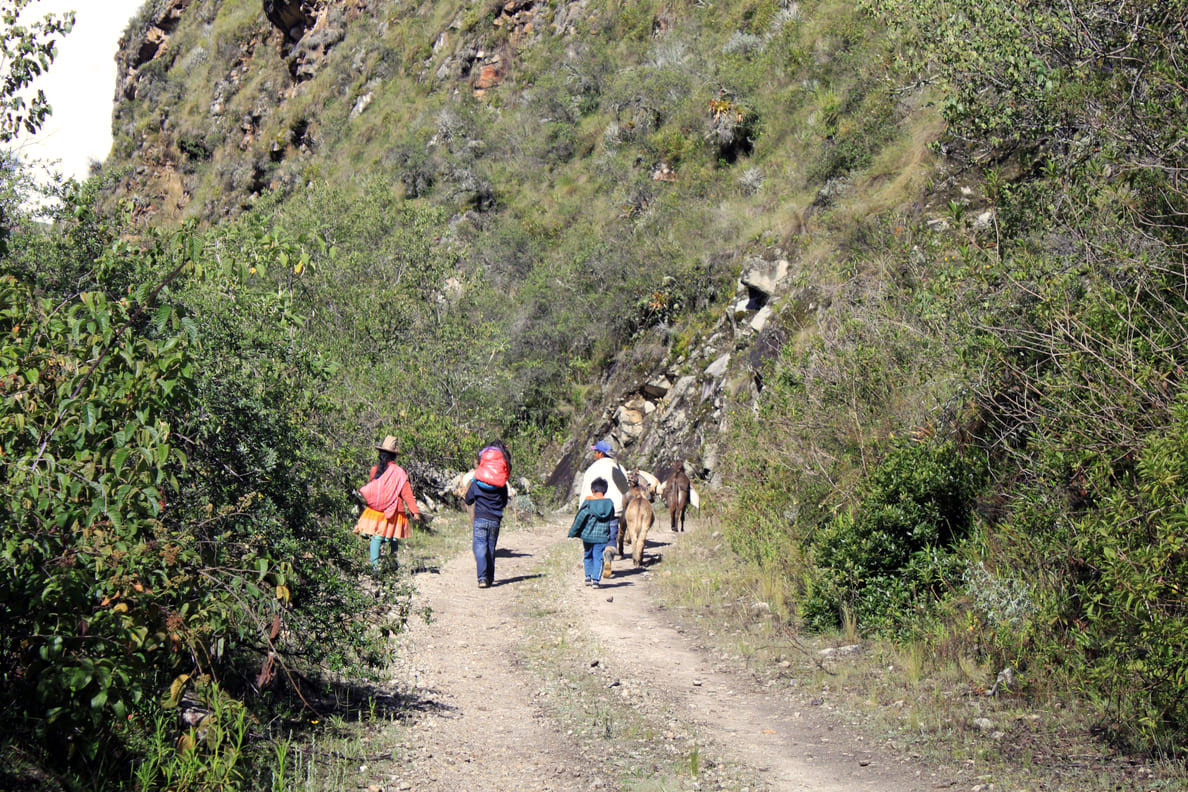
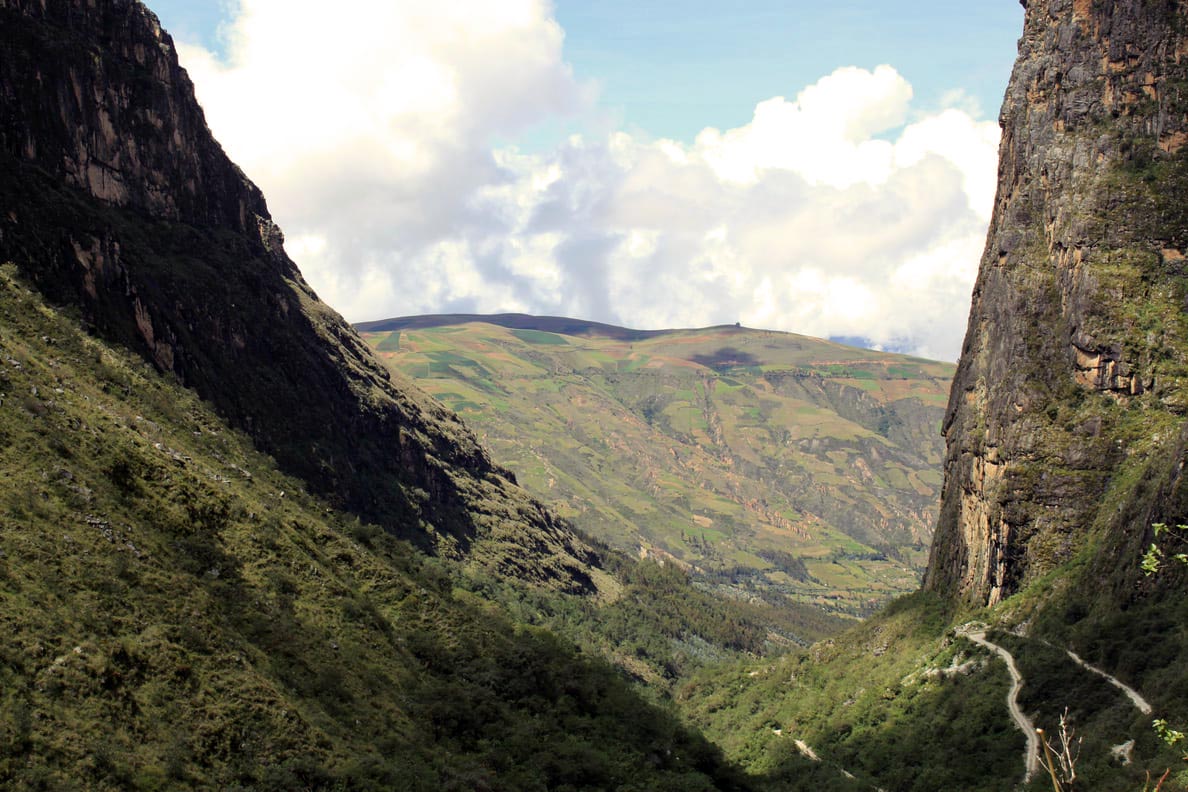
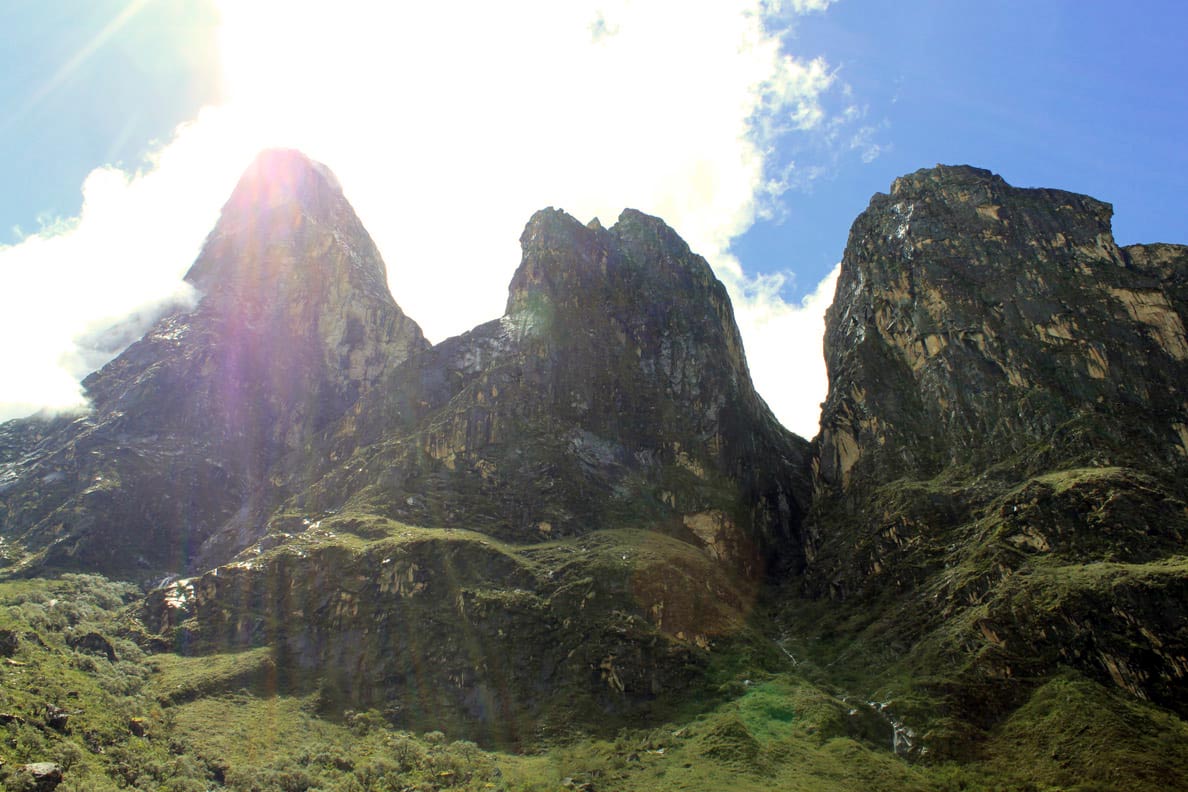
A Nap with the Cows and a Changing Sky
I stop to rest in a grassy spot surrounded by cows grazing peacefully, seemingly unaware of my presence. The cool grass feels comforting against my skin, and I decide to lie down for a few minutes. My eyes close almost instantly.
When I wake up, everything has changed. Curious cow snouts hover above me, and the sky has turned gray. Thick clouds gather, and a light drizzle begins to fall. The wind picks up, and the golden morning light gives way to an unsettling gloom. I shiver. The fatigue weighs heavier now, and I don’t know if I’m even on the right path—or if I’ll ever reach the lagoon.
Exhaustion and Tears
Every step feels harder than the last. The rain makes the ground slippery, and my water bottle is nearly empty. My sandwich does little to quell my hunger or give me energy. I stop at the side of the trail, my legs trembling. And then it happens—I break down. Tears stream down my face, mingling with the rain.
“What if I never find La Laguna Parón? What if night falls before I make it back?” The thoughts swirl in my mind. But after a few minutes of crying, I decide to turn around. I’ve been walking uphill for six hours without seeing the lagoon, and I have another four hours of downhill hiking ahead of me to reach the village before dark.
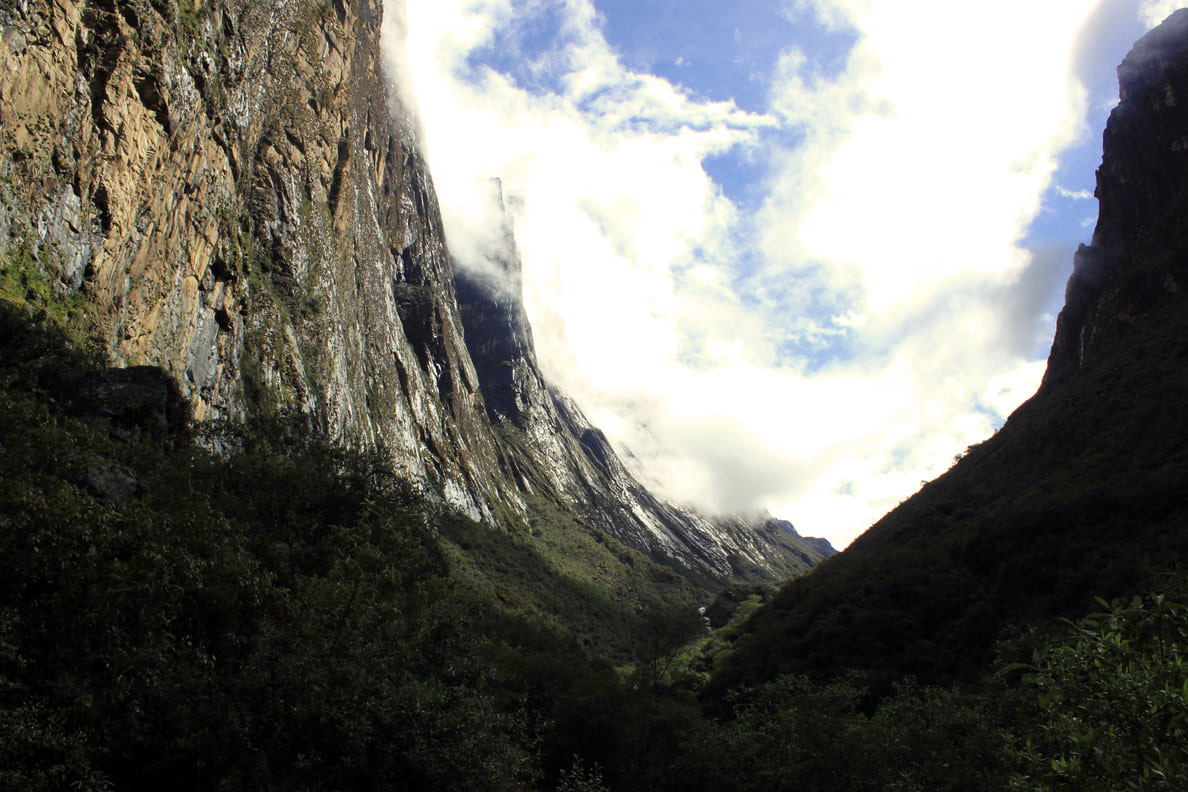
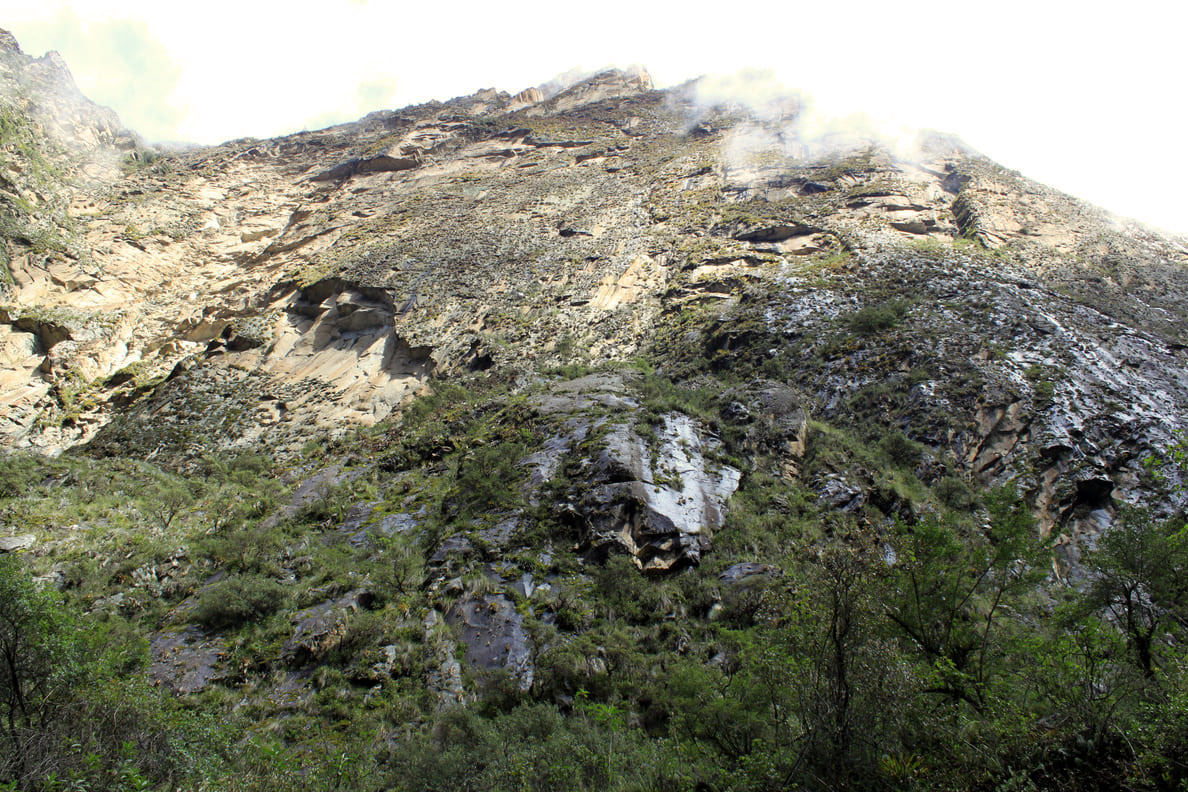
The Lifesaving Encounter with the Quechuas
On the way back, I push forward like a robot, ignoring my aching legs, my thirst, and the endless hours of hiking. Then, in the distance, I see a thin trail of smoke rising from a small adobe house. Gathering my last ounce of strength, I head toward it.
The Quechua family who lives there greets me with curious smiles and invites me inside. The small home is simple but welcoming, with a fire crackling softly in one corner. Through gestures (I don’t speak Quechua), they explain that there won’t be a bus for at least two or three days—an idea I struggle to process in my exhausted state.
The woman offers me a bowl of hot soup, filled with potatoes, corn, and local herbs. The warmth spreads through my body, and their kind smiles start to dissolve my worries. Using gestures and a few words of Spanish, I explain my situation. They laugh gently at my bedraggled appearance, and eventually, I join in too.
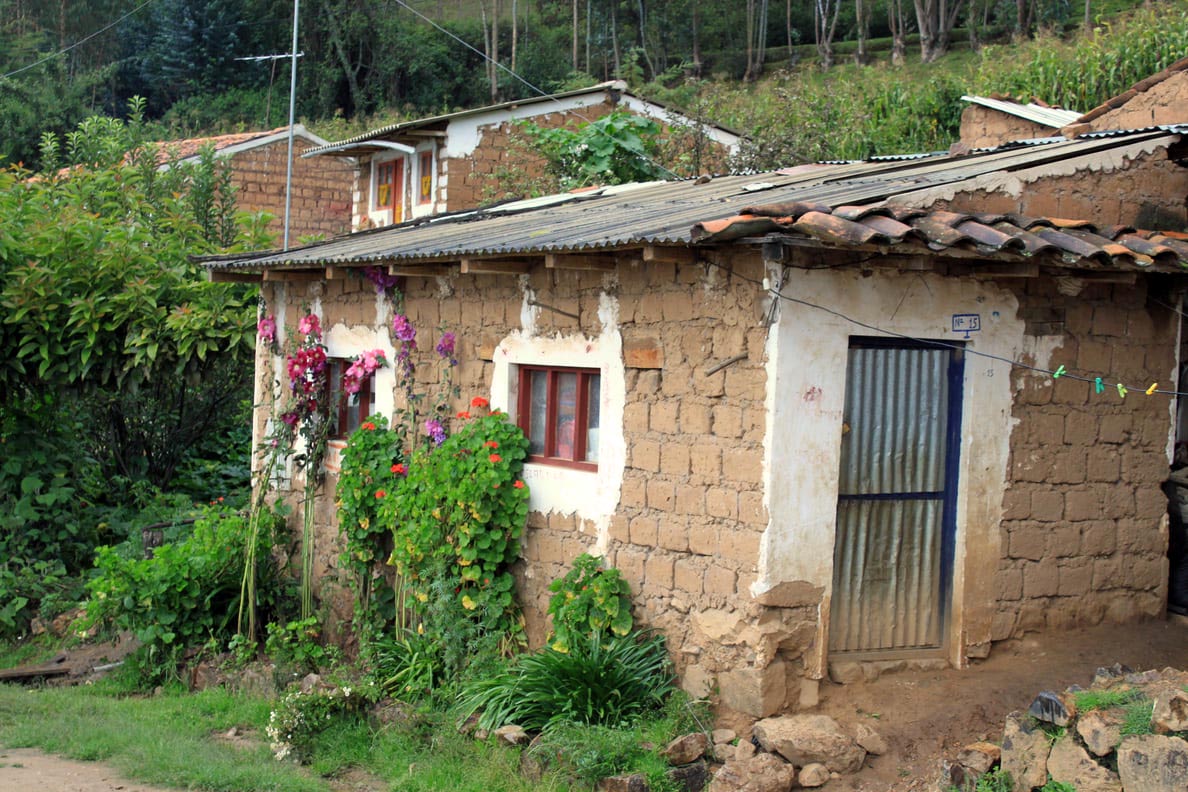
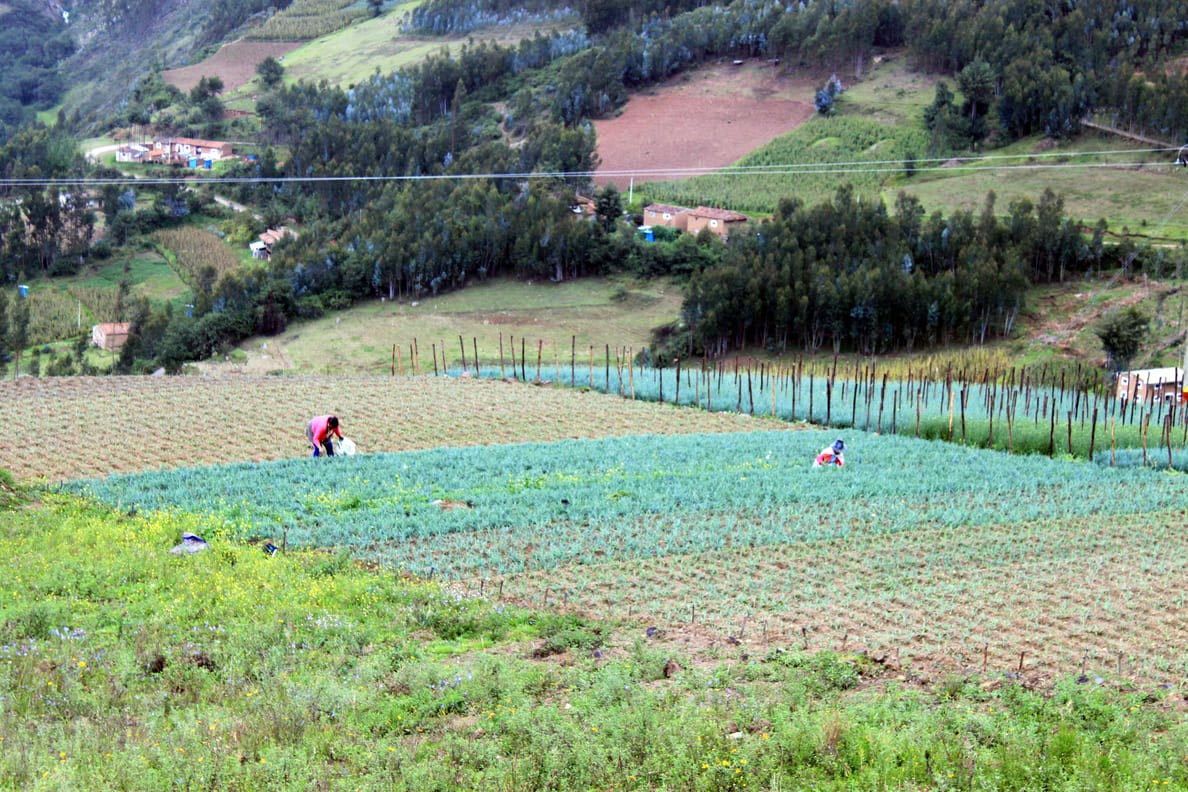
The Fateful Morning and a Taxi to Civilization
The next morning, the family’s young daughter offers to guide me to a village further down. Without hesitation, I follow her. She cuts across fields, running lightly through the grass like a character from Little House on the Prairie, while I stumble along behind her.
We arrive at another village, where we head straight to a house with the only phone in sight—a vintage landline with coiled wires. The girl uses it to call the next village over, where a man owns the only taxi in the area. He agrees to come and pick me up.
While waiting for him, I chat with the locals, who seem as curious about me as I am about them. When the taxi finally arrives—a dented, old car—it feels like a royal carriage. The driver, warm and friendly, helps me load my bag into the trunk. The journey back to Caraz is quiet, the silence broken only by the sound of the struggling engine. As the mountains pass by once more, I feel an overwhelming sense of gratitude for every person who has helped me along the way.
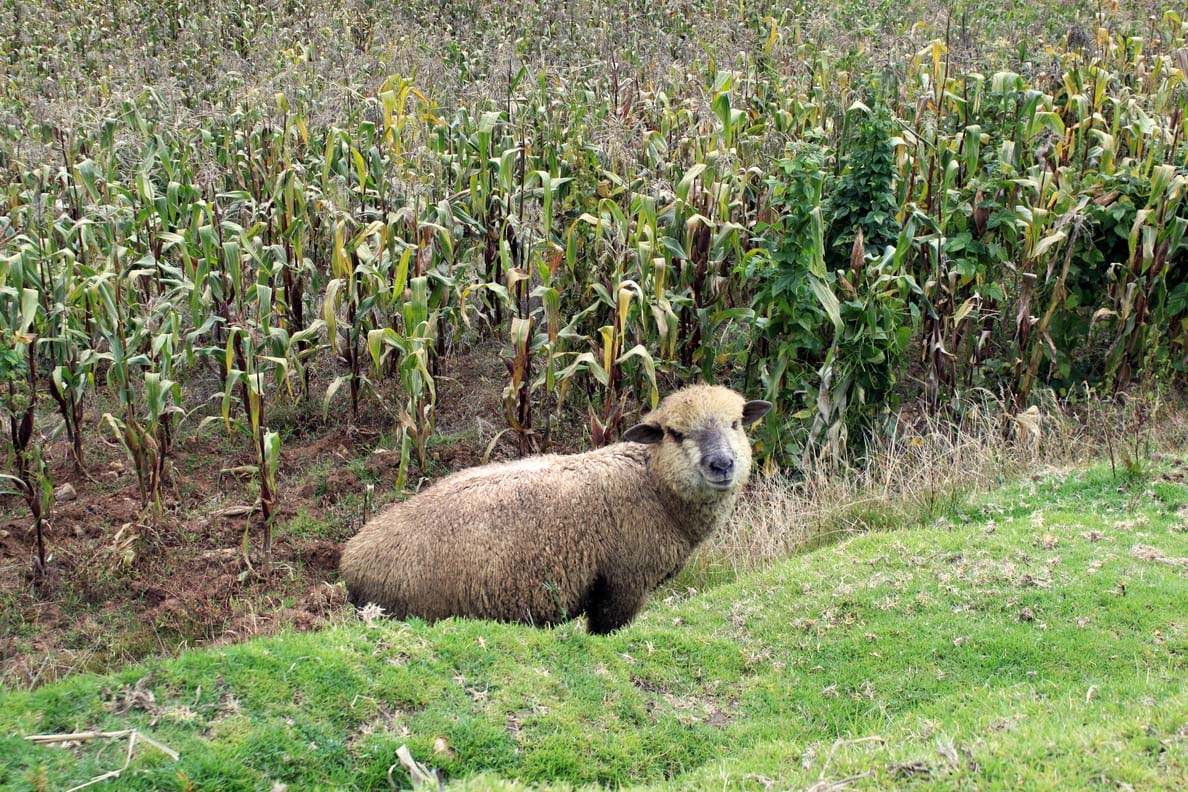
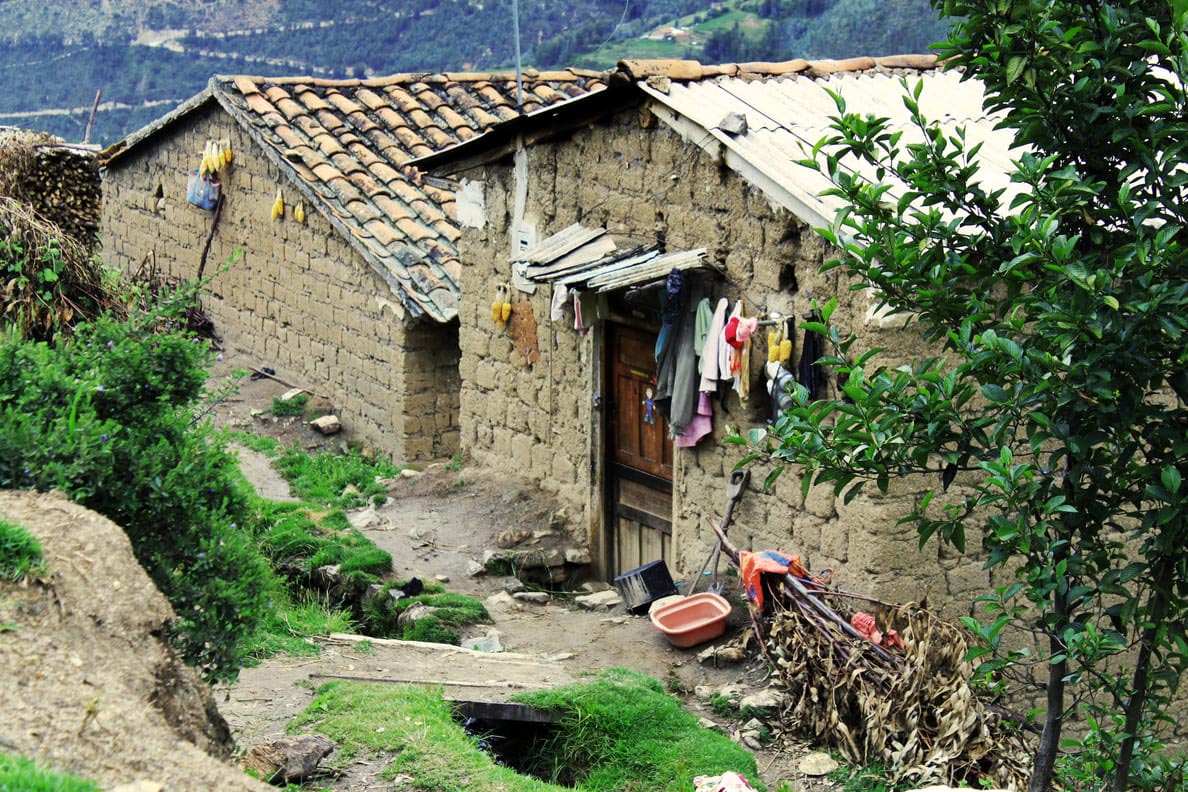
An Adventure Beyond the Lagoon
I set out to see La Laguna Parón, and in the end… I didn’t see it that day. What could have been a disappointment turned into one of my most cherished travel stories. Nothing went as planned, but that’s exactly what made the experience so memorable.
There was the physical challenge of climbing those steep trails, the exhaustion, the doubts, but also the incredible people I met along the way: a kind Quechua family who took me in, a little girl who led me through fields, and a taxi driver who brought me back to safety.
In the end, it wasn’t about seeing the lagoon. Yes, I visited it later that week—and I’ll tell that story in another article—but this trek gave me so much more than the satisfaction of ticking a box on my travel list. It reminded me that the essence of travel lies in the unexpected, in the laughter, the humanity, and the connections we make along the way.
And perhaps that’s the greatest victory of that day: not seeing what I had planned, but experiencing something I never could have imagined.
